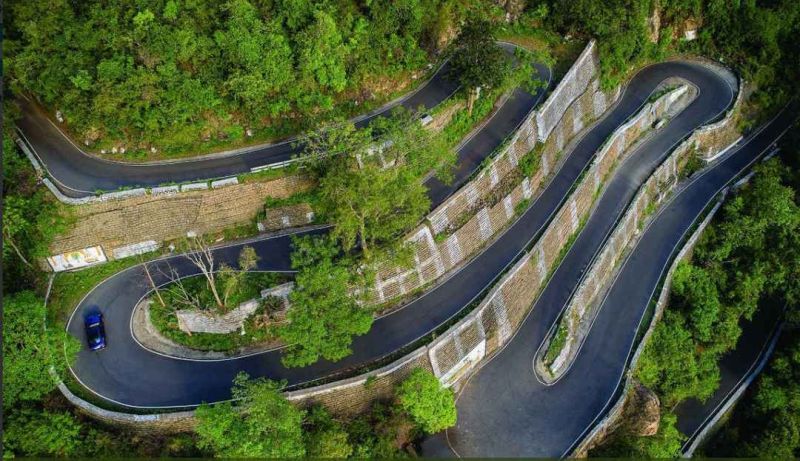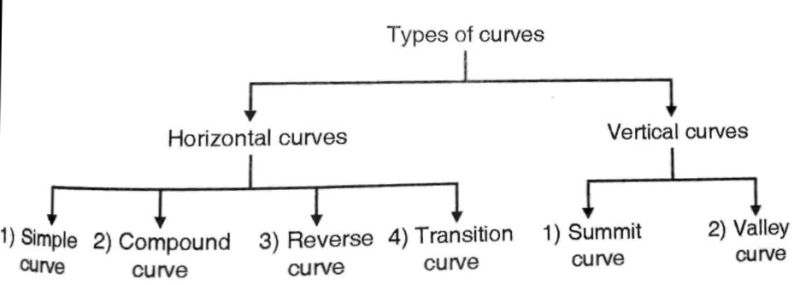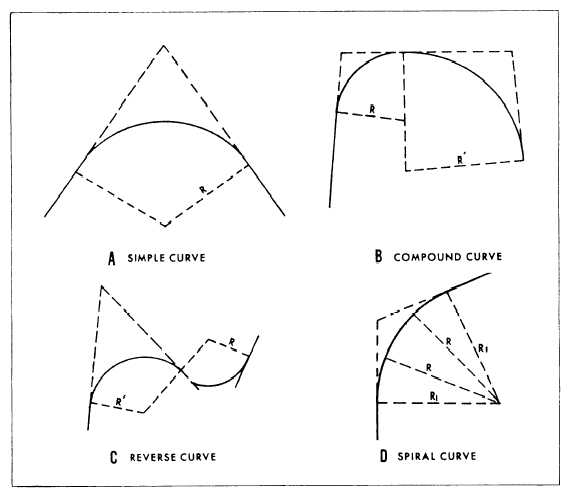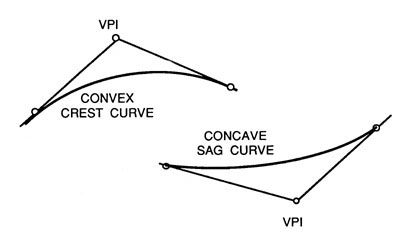
Curves are commonly utilised on highways and railways where the direction of travel must be changed. When a road or railway changes direction from right to left (or vice versa) or changes alignment from up to down, curves are supplied (vice versa). Curves are a really important aspect of pavement design They are given a maximum speed limit that should be followed carefully adhered to. Following the speed limit becomes critical because exceeding it may result in injury increase the likelihood of the vehicle losing control when negotiating a turn, and consequently increase the likelihood of deadly collisions. A curve is defined as an arc between crossing straights (tangent) with a finite radius. Negotiate a shift in direction gradually.
Classification of Curves:
The centre line of a road consists of a series of straight lines interconnected by curves that are used to change the alignment, direction, or slope of the road. Those curves that change the alignment or direction are known as horizontal curves, and those that change the slope are vertical curves. It can be also defined as the curves provided on the horizontal plane are horizontal curves and curves provided on the vertical plane are vertical curves.

Types of Horizontal Curve:
There are four types of horizontal curves. They are described as follows:
Simple Curves:
A simple arc of a circle is provided to impose a curve between the two straight lines.
Compound Curve:
Combination of two simple curves combined together to curve in the same direction and join at common tangent points.
Reverse curve:
A reverse curve consists of two simple curves of the same or different radius joined together but curving in opposite directions.
Spiral curve:
The spiral is a curve that has a varying radius. It is used on railroads and most modem highways. Its purpose is to provide a transition from the tangent to a simple curve or between simple curves in a compound curve.

Vertical curves:
In addition to horizontal curves that go to the right or left, roads also have vertical curves that go up or down. Vertical curves at a crest or the top of a hill are called summit curves, or over verticals. Vertical curves at the bottom of a hill or dip are called sag curves, or under verticals

